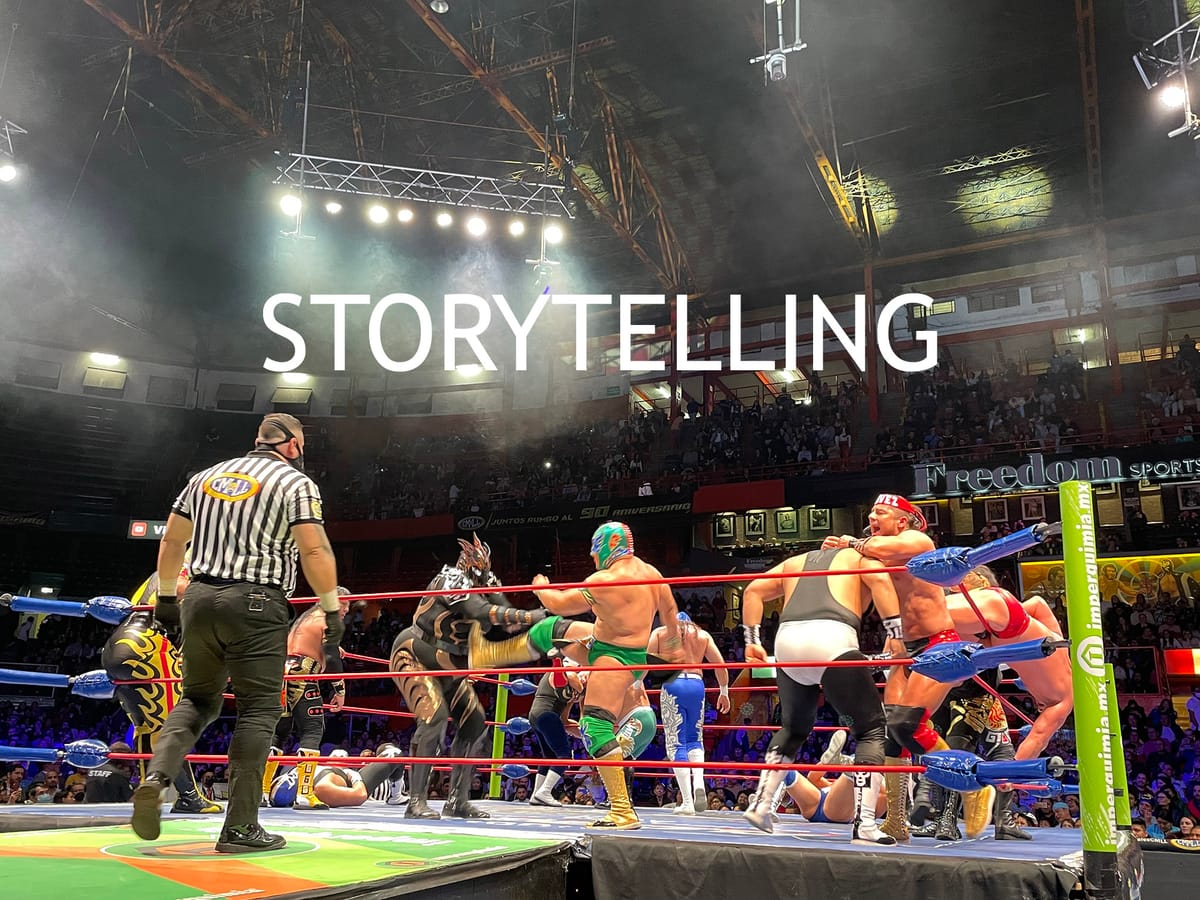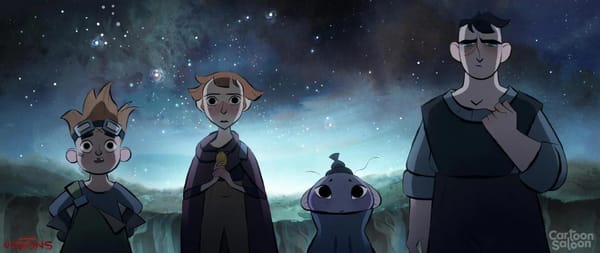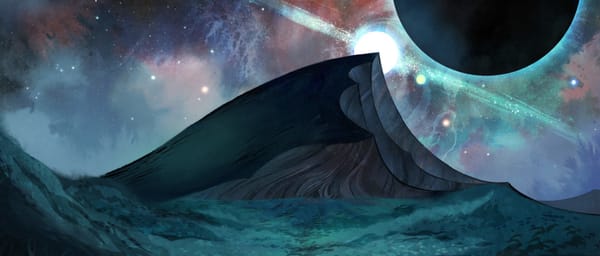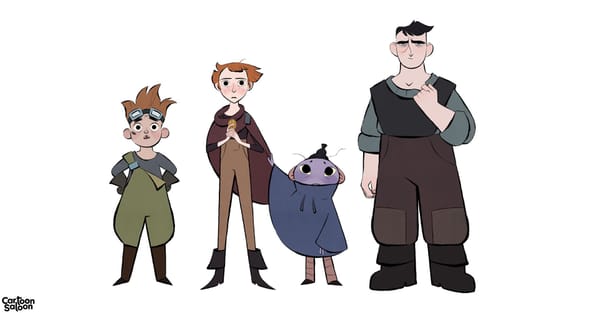What wrestling is teaching me about storytelling
Yes, I've been watching the wrestling. But more than that, I've been learning from it. Here are a few storytelling lessons...

Hi team! I've been watching the wrestling.
Yep, the wrestling. It was never a thing I was previously into, to be honest. But a few years ago, I got to see Lucha Libre in Mexico City and, even without knowing a thing about it, I had a really fun time. I could see the draw, feel the energy from the crowd, I grasped hold of characters instantly. WWE hit Netflix here this year and it kept popping up on my feed so I gave it a go as something to put on in the background. And then I got intrigued by it, by the storytelling of it. I wanted to know how it works, who writes what, how they decide who wins and who loses, how they create the characters and craft their arcs.
This is how I am with any media that catches my attention – I go on a deep dive into the creative process to soak up as much learning as I can. And as it happens, the creative process of wrestling is absolutely fascinating. It's all about the characters and the storytelling. No surprise, right? But they have some differences due to the form that make it very easy to learn some storytelling lessons that apply to everything we're doing.
So today, here are just a few lessons from wrestling storytelling:
Listen to your audience
Learning more about the storytelling and writing in wrestling, one area where I'm hugely envious is the audience feedback. Unlike those of us making a film for years or a scripted TV season, the creators of wrestling get live, in the moment, instant feedback from the crowd. If they boo your hero, you have to listen to that and change tactic. If they cheer your villain (it happens), again you have to adapt. If something falls flat, you hear it live. If a moment really hits and “generates heat”, you'll feel that reaction from the crowd and can lean into it.
So storylines and moments get adapted very quickly, sometimes mid-show. Not everything lands, not every plan works out, but you get to learn that live in the moment and can use that information to tweak, adapt and make better.
Often when writing, we lock ourselves away in a bubble, or with a very small creative team. But those of you who remember my old blog will remember me hammering home the importance of audience awareness. The audience experience is everything. Always consider their place in what you're crafting and, if you can, get feedback. As much as possible. But with that feedback, what you're listening for are the reactions, not necessarily the suggestions. Listen for what is falling flat and for what is working.
And then, as simple as it sounds, build in less of one and more of the other.
Babyface to Heel (and vice versa) is gold
In wrestling, the conflict and stories are generally simple. You have babyfaces (the good guys) and you have heels (the bad guys). You want your babyfaces to be cheered by the crowd. You want your heels to be booed. A thrill comes from seeing a babyface defeat a heel, a shock comes from a heel beating a babyface. The babyfaces traditionally sell the merch but the heels are integral to making the babyface work. They “put over” the hero wrestler (as in they sell the value of the hero to the crowd – a hero is only as good as your villain).
But some of the biggest moments in wrestling have come when a babyface turns heel, or vice versa. A defining moment in wrestling came when Hulk Hogan, the all-American hero, turned heel on WCW, which led to the New World Order, the Attitude era on WWF and so much more. Don't know what any of that is? Don't worry about it. The core point is this – the moment a great hero turned villainous was a shocking, momentous moment in the story and changed everything. The power of that turn can't be overstated.
Similarly, when a heel turns babyface, it's wonderful. When someone villainous hits their limit, or learns something, and does the right thing, it's so uplifting. Cobra Kai understood this and the writers used it beautifully. So much of the heart of that show came from expecting the worst of a character and then watching them choose to do the right thing. They did it so, so well.
Consider it. Use it.
Surprise is everything
One thing you'll hear a lot from me when it comes to story is that, at its most basic, it's simply “what happens next?” That's the question you want your audience to ask. That's what gets them leaning in. But if what happens next is a forgone conclusion, it's boring. If they saw it coming, if they're just watching it play out exactly as they expected, interest will fade quickly. Often what the wrestling writers are looking for is the “WHAT THE HELL?!” response. The gasp from the crowd. They lean in. And now they know that anything can happen and they want to know what happens next.
Triple H summed it up on an episode of that WWE Unreal and I should have taken down the quote but I didn't so I'll paraphrase – we often look for the most natural path through a story, the one that makes the most sense, but often that leads us to the most predictable outcome and, when that happens, we need to “swerve”.
Look for the surprises. When it gets predictable, swerve. Go counter-intuitive.
It's not always easy, especially where many people are involved because everyone wants to make sense of a story. Everyone is looking for what's natural. And that's not wrong but it risks taking the edges off and removing all surprises. Unless you're making shows for a young preschool audience (where you still want some surprises), predictability is story death.
So swerve.
Those are just a few things that my deep dive on wrestling is telling me about storytelling. I'm sure I'll have a few more posts inspired by this fascinating storytelling form but, in the meantime, if you're interested, I'd recommend just browsing some of the archives that hit Netflix recently (at least it did here in Ireland). Look up some classic matches. I'd also recommend reading “There's Just One Problem...: True Tales from the Former, One-Time, 7th Most Powerful Person in the WWE” by Brian Gewirtz (a former WWE writer), watching the Mr McMahon documentary series, the WWE Unreal series (both also on Netflix) and going through the archives of the 83 Weeks podcast with Eric Bischoff, who was instrumental in the rise of WCW. You don't have to like wrestling to find it interesting and to learn from it.
Back soon! I'll finally have those Screecher's Reach Memories coming soon, where I tell the story of how we made our Star Wars Visions episode.




